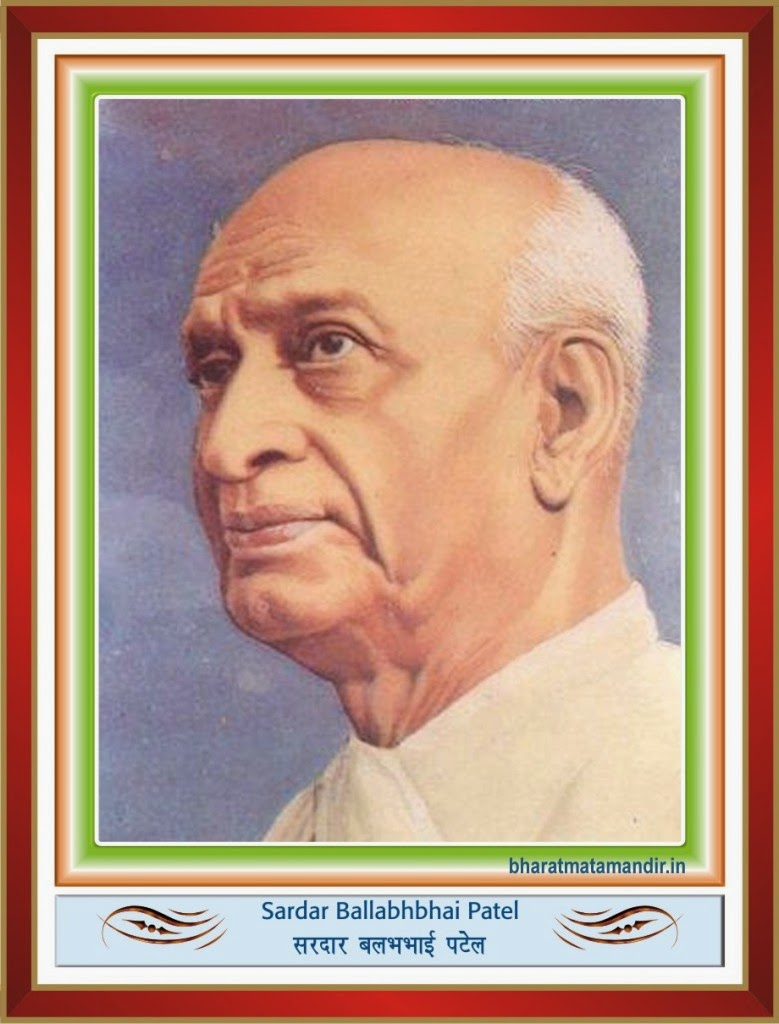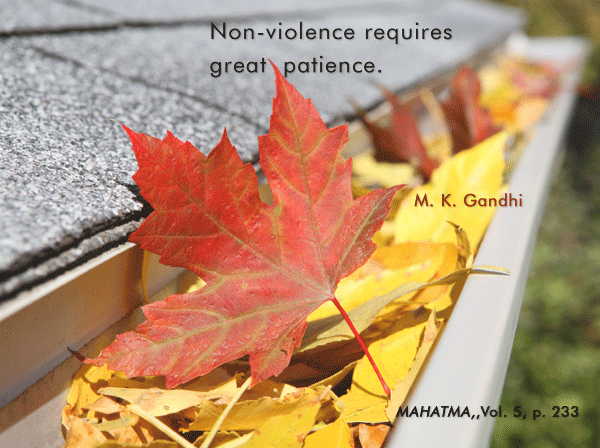Prevent cruelty to animals:
Mathrubhumi
18.06.2013
Prevent cruelty to animals
Posted on: 12 Jun 2013
Maneka Gandhi
Two months ago I held a meeting with the Ministry of Animal Husbandry officials. I went to ask them to change their policy on things that were killing India : the growing of emus and rabbits, the hundred percent subsidy on slaughterhouses, the bad slaughter practices. They heard me out in silence – and the next day Sharad Pawar told me that none of these things would be changed because he was personally in favour of them.
One of the things I asked for was for a policy decision to be taken on the terrible physical mutilations done to cattle – dehorning , castration and nose-roping. The Commissioner for Animal Husbandry, a horrible, foolish man who epitomises the illiterate and pompous bureaucrat that has ruined India felt he had to add to the discussion. So he butted in 'I am a vet and I believe that animals do not feel any pain when these things happen to them, because they are not capable of feeling pain. So we cannot change these procedures.' I asked him 'Do you think that a living being whose testicles are being crushed without anaesthesia does not feel pain?' He answered 'Pain is relative, madam.' At this point, I really wanted to apply that procedure on him. How unlucky animals are that these kind of people, who fail at ten exams, then take up veterinary science and then pay their way into government jobs , are the people who are put in charge of their lives. No wonder there is so much cruelty.
This is the problem:
Under the Prevention of Cruelty to Animals Act, 1960 certain procedures which are commonly done on cattle are exempt from being technically known as cruel. These include: 'the dehorning and disbudding of cattle or the castration or branding or nose-roping of any animal in the prescribed manner'. They can be done by anybody to these poor beasts and still not be considered cruel.
Dehorning is the removal of cattle's horns and Disbudding means destroying the cells which produce horns. These procedures are performed not to make the animals more comfortable but to make them defenceless when they are mishandled, beaten, pushed into trucks for slaughter etc. It is also done because when animals are squeezed together into small spaces, they do not hurt each other so that the owner earns more from their sale.
Both dehorning and disbudding are extremely painful.
Disbudding methods include searing the horn buds using a hot iron, which is extremely painful and can damage underlying bone; applying or injecting caustic materials or cutting the bud using knives, shears or dehorning spoons. Dehorning methods include surgically removing the horns or physically cutting them off using wires, guillotine shears, dehorning knives, saws or spoons. No anaesthesia is used – not even by a vet. Compounders, village quacks, animal husbandry officials – anyone can do it.
The cattle are in extreme pain during and after the procedure which causes tissue damage to the most sensitive part of the body, the head. Blood tests show all the pain indicators: increased plasma cortisol concentrations, increased adrenaline and noradrenaline concentrations. The poor mute animal physically shows all the pain response that he can : tail wagging, head movement, tripping and rearing during dehorning and head rubbing, head shaking, neck extension, ear flicking, tail flicking, restlessness, lying and getting up frequently, lack of appetite. Because of the inept way it is done, diseases such as tetanus, bovine cutaneous papillomas and bovine leukosis virus infection are a common result.
All we are asking for is that there should be anaesthesia before, and painkillers and human handling. This is a major operation. If you cut off my ears and then sear the nerves and bone with common iron applied to the side of my head, would I not go mad with pain ? Why should this be any less?
Castration is another common procedure on male cattle. It is done to prevent unwanted breeding and reduce aggressive behaviour so that the animal becomes docile even when he is overloaded, beaten, mishandled, starved and eventually crowded into trucks for slaughter. The Bail or castrated bull is the backbone of the agricultural economy. This is how it is done in India:
In most deep rural areas, you truss the animal after forcing him on his side. Then you crush his testicles using a heavy stone. The 'approved' method is not much better: Apply a rubber ring to the neck of the scrotum above the testicles and use a clamp (called testicle crusher) to crush the animal's spermatic cord. The chemical method involves injecting toxic agents (eg, lactic acid) into the testicular parenchyma, and the hormonal method requires injecting immuno-contraceptives into the animal to induce antibody production against gonadotropin-releasing hormone, resulting in decreased production of hormones such as testosterone.
All types of physical and chemical methods of castration cause animals to endure tremendous stress and pain. The testes and scrotum are heavily supplied with nerves, and any damage to them causes immediate and prolonged pain for several weeks. Following the procedure, cattle's blood cortisol concentrations have been found to increase and it takes a long time for them to return to normal.
The intense pain that animals experience during and after castration causes many cattle
to exhibit acute pain responses, including struggling, kicking with the hind legs, tail swishing, foot stamping, head turning, restlessness, a stilted gait, reduced activity, increased recumbency, abnormal standing posture, glazed expressions and reduced feed intake.
Analgesics, sedatives and anaesthetics can reduce or eliminate fear and pain during castration..
Immuno-castration is a much better alternative: injections given every six months, which reduce a bullock's testosterone production – is a humane alternative to conventional castration.
Cattle in India are commonly subjected to painful hot-iron branding and freeze branding to signify ownership. Both are extremely painful and lead to moaning out loud by the animal, an increase in the heart and respiratory rates. Kicking, tail flicking and trying to escape are other reliable indicators of their pain. This branding should be strictly banned unless accompanied by local anaesthesia, pain killers and done by an experienced vet. It would be much better to outlaw the process and replace it with ear tattooing or microchipping.
Nose roping involves piercing an animal's nasal septum in front of the cartilage using an iron rod, passing a rope through the hole and permanently fastening the rope behind the animal's head below the base of the horns. Pulling or twisting the rope exerts pressure on the extremely sensitive septum, causing the animal pain and making it easier for handlers to force him or her to move in the desired direction.
In addition to the initial pain of piercing, nose ropes cause cattle chronic pain and injuries. Once in place, the nose ropes are pulled, yanked and jerked, causing immeasurable pain and suffering. According to a recent study, moderate to severe injuries in the nostrils were noted in 62% of cattle. 3% lesions bled continuously and 44 % had pus discharge.
A halter (called a morkee) is a simple, effective, inexpensive and humane alternative to nose ropes. This could be official policy and people taught how to use properly fitting gear and instructed to control bullocks through the use of positive training methods, including treats such as sweet grass, calmly talking to and gently stroking the animal.
Castrations must be performed by a registered veterinary practitioner. Anaesthesia should be mandatory for any invasive husbandry procedures in cattle. Why should we be so mean to those animals that help us in every way to survive? India will not be viable if we remove her cattle. But how viciously we treat them. Animal husbandry practices should be refined and state animal husbandry departments should define a standard operating procedure. And take extremely strict action against those who violate them. Each rural hospital should have inventories of drugs, instruments and equipment for humane procedures. The Veterinary Council of India should issue directives to veterinary colleges and universities to amend their veterinary curricula to teach students to administer sedatives, analgesics and anaesthetics during field procedures. The old procedures must be banned in the Prevention of Cruelty to Animals Act 1960.



Comments